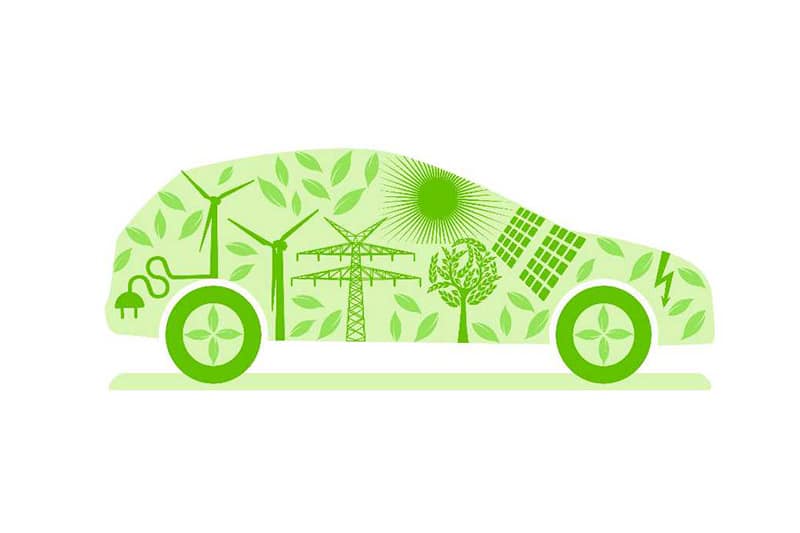A team of Spanish, American, and Norwegian researchers have developed a membrane that produces compressed hydrogen from methane. The process results in nearly zero energy loss. The full story is available at Science Daily, but here are the bullets:
- The team consisted of researchers from the Institute of Chemical Technology (ITQ), Valencia’s Polytechnic University (UPV) and the Superior Council of Scientific Investigations (CSIC)
- The new ceramic membrane makes it possible to produce compressed hydrogen from methane in a cleaner, cheaper way than was previously possible
- This will have numerous uses in hydrogen fuel cell vehicles, and in the chemical industry
- Hydrogen has high energetic density and zero greenhouse gas emission
- Hydrogen’s combination with oxygen in the atmosphere produces energy and water as its sole by-product, making it one of the main candidates to substitute fossil fuels
- This method isolates the CO2 and does not release it into the atmosphere
- The development allows for hydrogen to be produced at high pressure in a distributed manner, which means it could be produced in petrol stations, residential areas, garages, or farms
- By using electricity from renewable sources, the system generates hydrogen with a very low carbon footprint
- The system can also store the leftover renewable energy in the form of compressed hydrogen for a later use when the electrical demand is higher
- This will allow vehicles with a hydrogen fuel cell to be recharged with an energetic efficiency and simplicity similar to that of a battery electric vehicle
This is an exciting development for the hydrogen market, and yet another indicator that, despite slow-moving government regulations, the competitive market is moving quickly toward solving the dirty fuel issue. If you’re developing any type of alternative fuel vehicle or engine, give us a call or shoot us an email. Our team of experts are well-versed in getting new products through the complicated regulatory process and into market faster than anyone.


